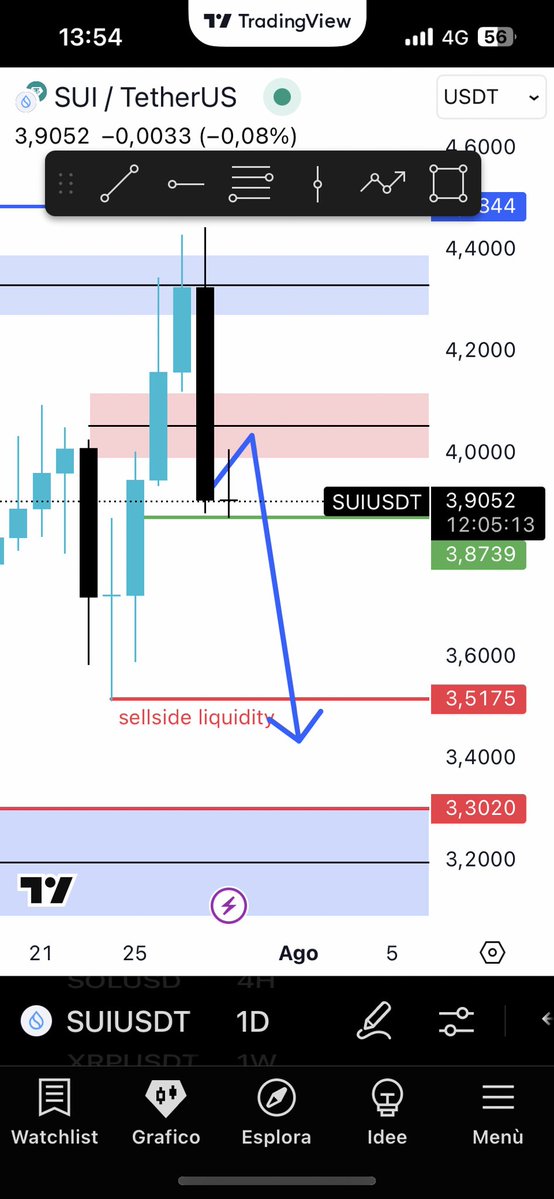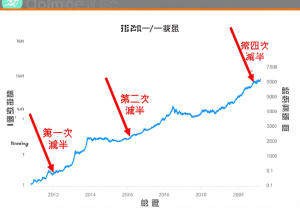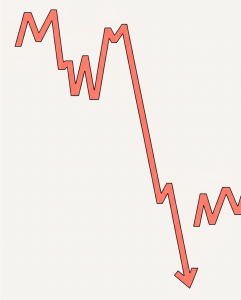
The Evolving Landscape of Cryptocurrency Trading in 2025
In the dynamic world of cryptocurrency, 2025 has proven to be a year of both opportunities and challenges. As we dive into the intricacies of the market, it becomes evident that understanding the trends, regulatory shifts, and trading strategies is crucial for both novice and experienced traders. This report aims to provide a comprehensive overview of the current state of cryptocurrency trading, highlighting key trends, regulatory changes, and practical trading tips.
The Current State of the Cryptocurrency Market
Market Trends and Volatility
The cryptocurrency market in 2025 continues to be characterized by its high volatility and rapid price movements. Memecoins, altcoins, and established cryptocurrencies like Bitcoin are all experiencing significant fluctuations. For instance, Bonk Coin has seen a remarkable 45% increase in its daily price movement, reflecting the speculative nature of the market[1]. Similarly, Solana’s price analysis suggests that the $100-$120 range could mark a significant bottom, indicating potential buying opportunities[2].
Emerging Cryptocurrencies
New cryptocurrencies are constantly emerging, each with its unique value proposition. For example, $AIAT has shown a modest 1.79% increase over the past week, with a market cap of $79.57 million and a 24-hour trading volume of $579.78K[3]. This highlights the diverse range of opportunities available in the market, from established coins to newer, less-known assets.
Regulatory Landscape
Policy Shifts and Their Impact
The regulatory environment for cryptocurrencies has undergone significant changes in 2025. The Trump administration has implemented a series of transformative policies aimed at embracing digital assets as a cornerstone of the financial system[4]. These policies are expected to have a profound impact on the market, potentially increasing institutional investment and mainstream adoption. However, traders must remain vigilant, as regulatory changes can also introduce new risks and uncertainties.
Global Regulatory Perspectives
While the U.S. is making strides towards a more favorable regulatory environment, other countries are also taking steps to regulate cryptocurrencies. For instance, Indonesia is seeing a surge in interest and activity in the cryptocurrency space, with traders actively sharing insights and strategies on social media[5]. This global trend underscores the need for traders to stay informed about regulatory developments worldwide.
Trading Strategies and Tips
Technical Analysis
Technical analysis remains a cornerstone of cryptocurrency trading. Patterns such as the inverse head-and-shoulders, as seen in the $SUI cryptocurrency, can provide valuable insights into potential price movements[6]. Traders should focus on identifying these patterns and using them to make informed trading decisions. Additionally, tools like moving averages, RSI, and MACD can help traders navigate the volatile market more effectively.
Risk Management
Given the high volatility of the cryptocurrency market, risk management is crucial. Traders should avoid putting all their eggs in one basket and diversify their portfolios across different cryptocurrencies. Setting stop-loss orders and taking profits at predetermined levels can help mitigate risks and protect gains. Moreover, traders should stay informed about market trends and regulatory changes to make timely adjustments to their strategies.
The Future of Cryptocurrency Trading
Technological Innovations
The future of cryptocurrency trading is likely to be shaped by technological innovations. Blockchain technology, artificial intelligence, and machine learning are already playing significant roles in enhancing trading efficiency and accuracy. As these technologies continue to evolve, traders can expect more sophisticated tools and platforms to emerge, making trading more accessible and profitable.
Market Maturity
As the cryptocurrency market matures, we can expect to see increased institutional involvement and regulatory clarity. This maturation process will likely lead to more stable price movements and reduced volatility, making the market more attractive to long-term investors. However, traders must remain adaptable, as the market will continue to evolve in response to new technologies and regulatory changes.
Conclusion: Embracing the Future
The cryptocurrency market in 2025 is a landscape of both opportunities and challenges. By staying informed about market trends, regulatory changes, and trading strategies, traders can navigate this dynamic environment more effectively. As the market continues to evolve, embracing technological innovations and adapting to new regulatory frameworks will be key to success. The future of cryptocurrency trading is bright, and those who are prepared to embrace the changes will be well-positioned to capitalize on the opportunities that lie ahead.







